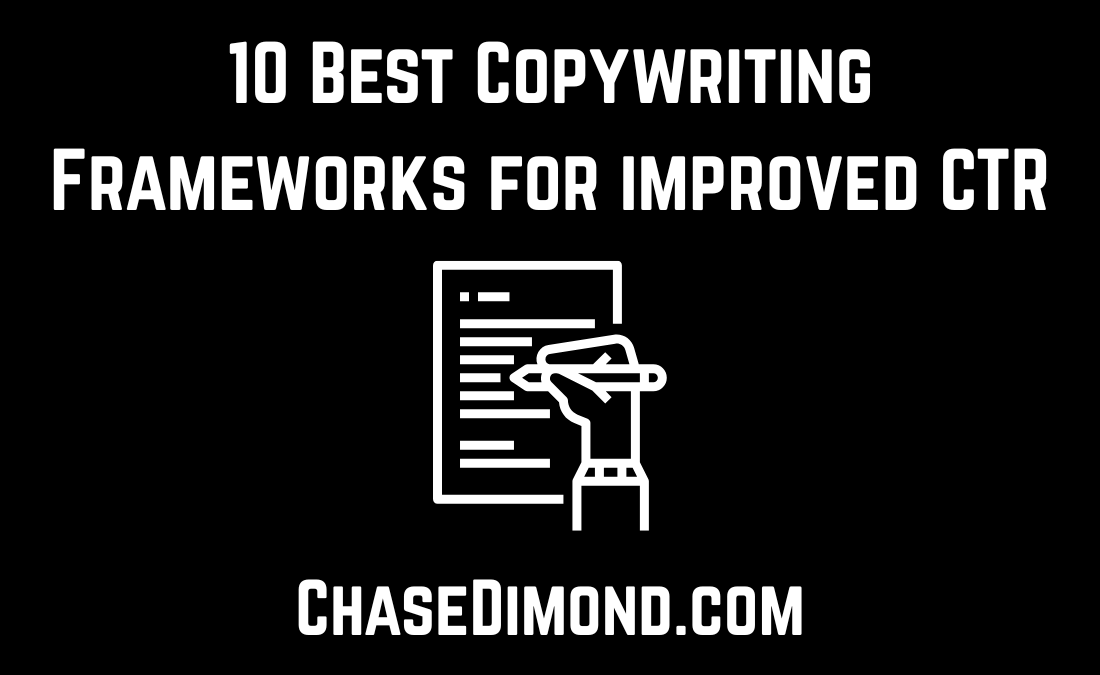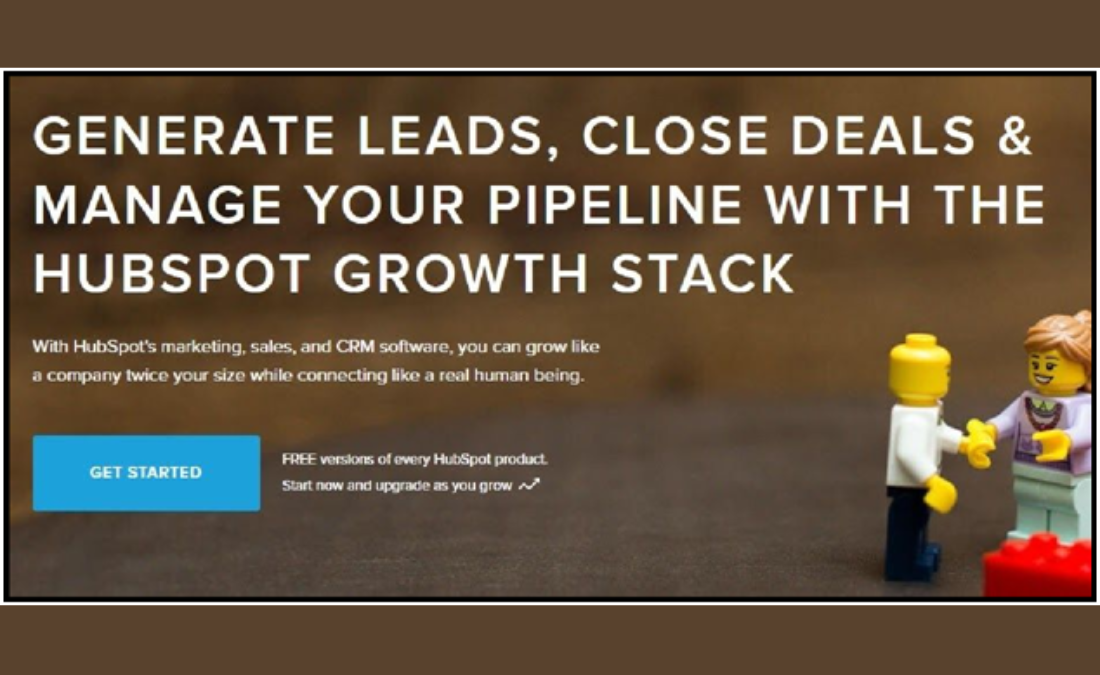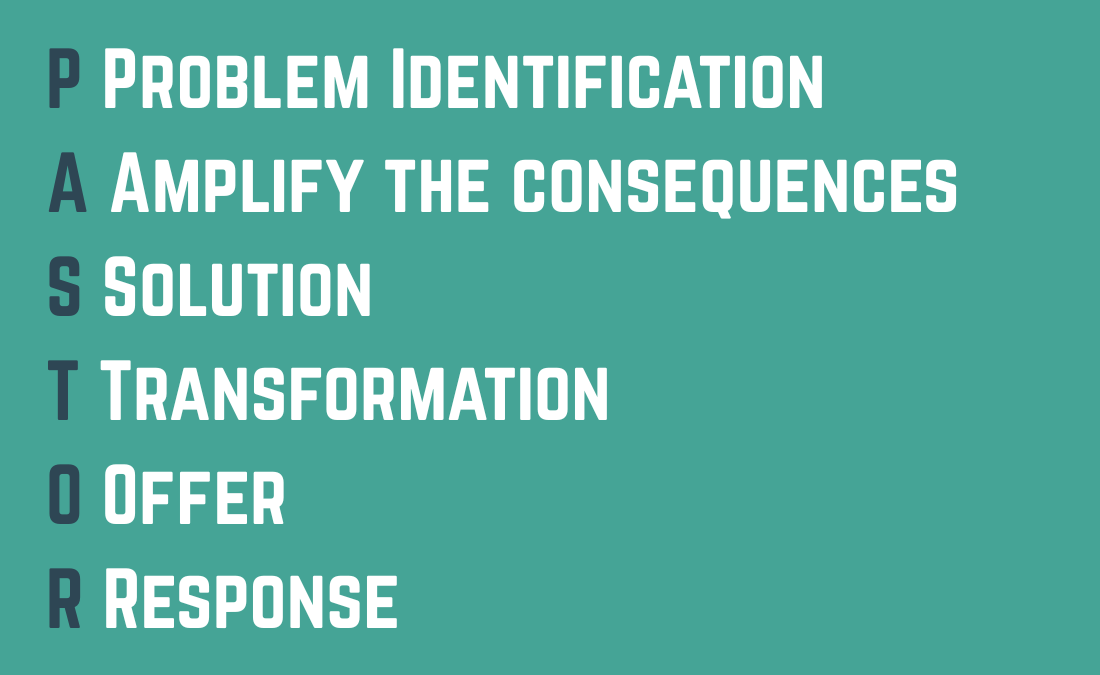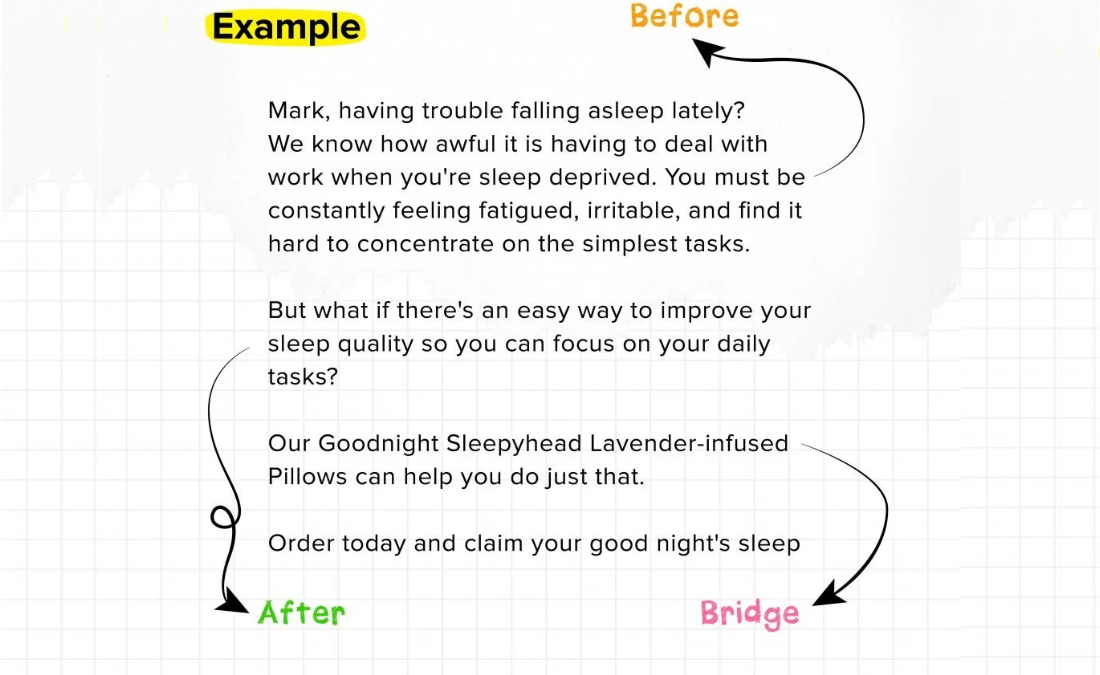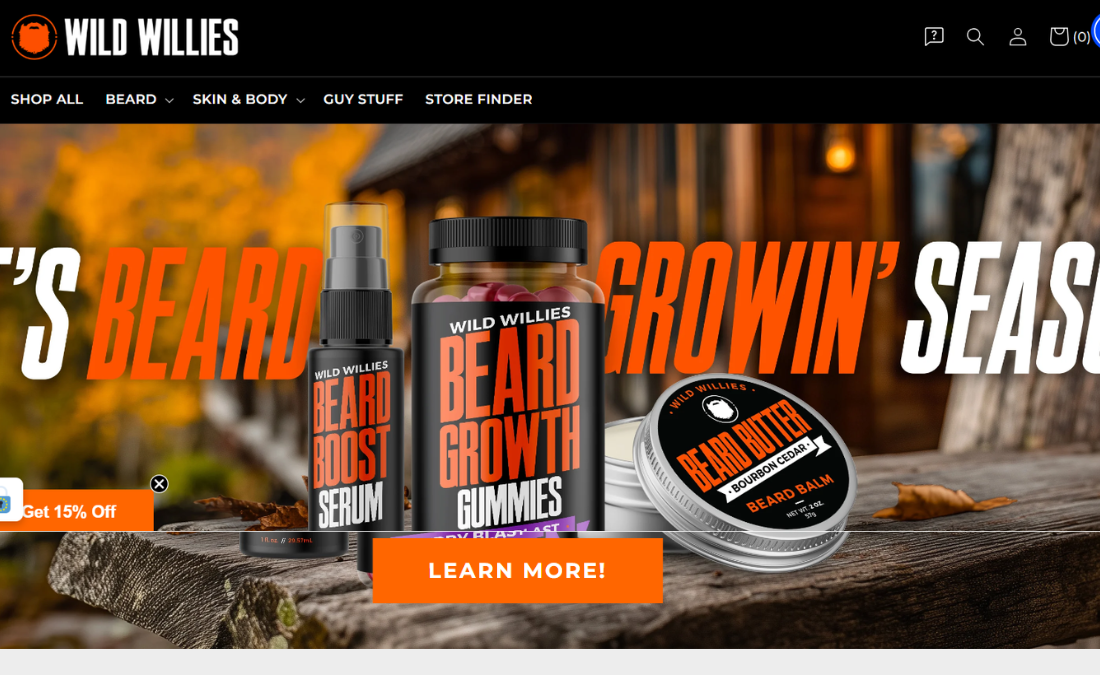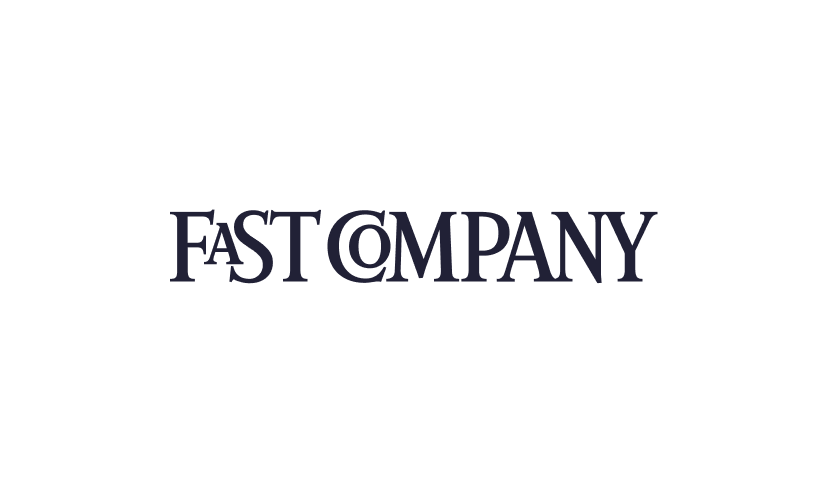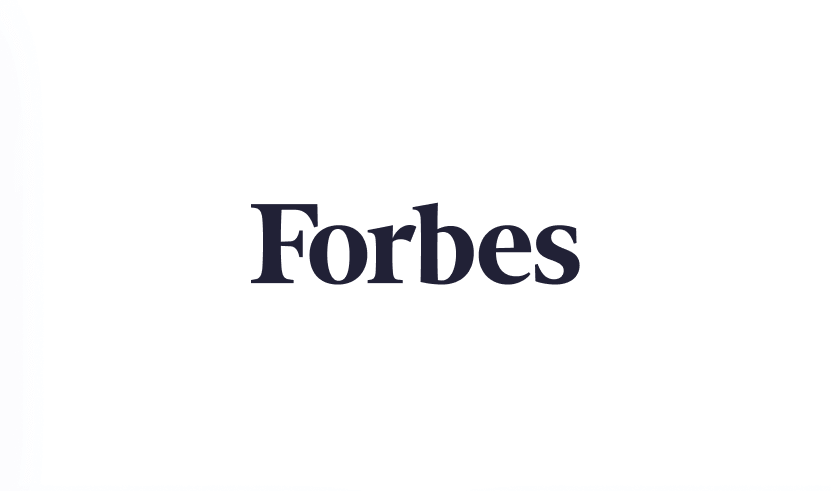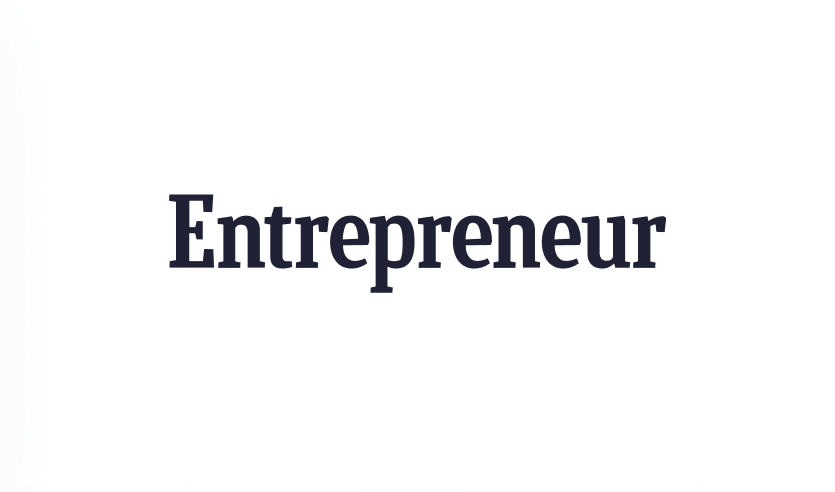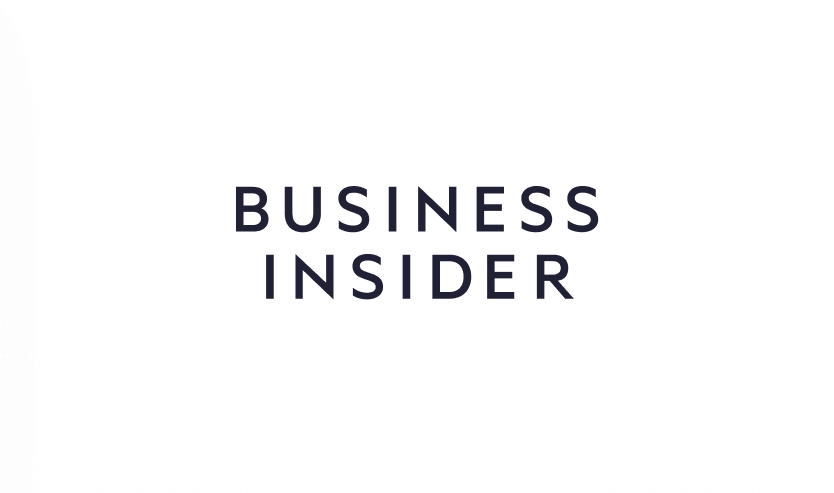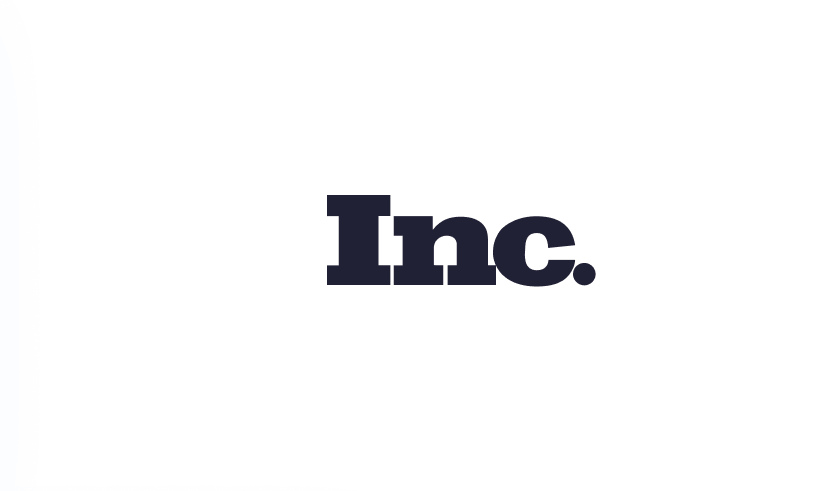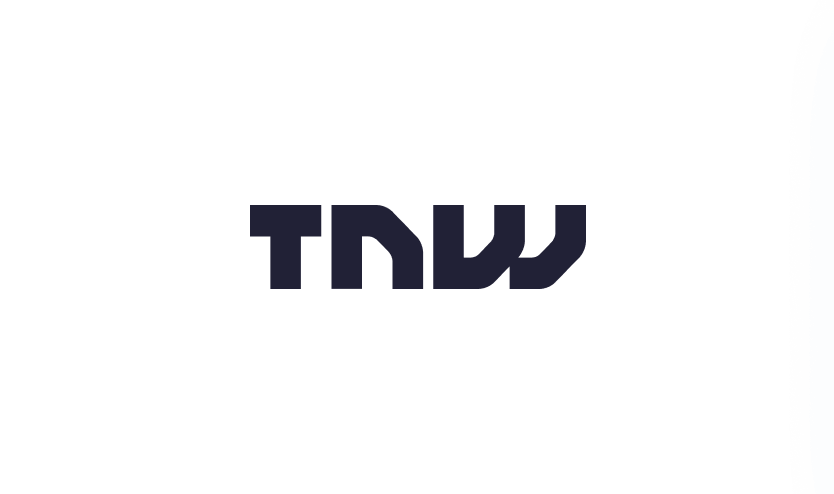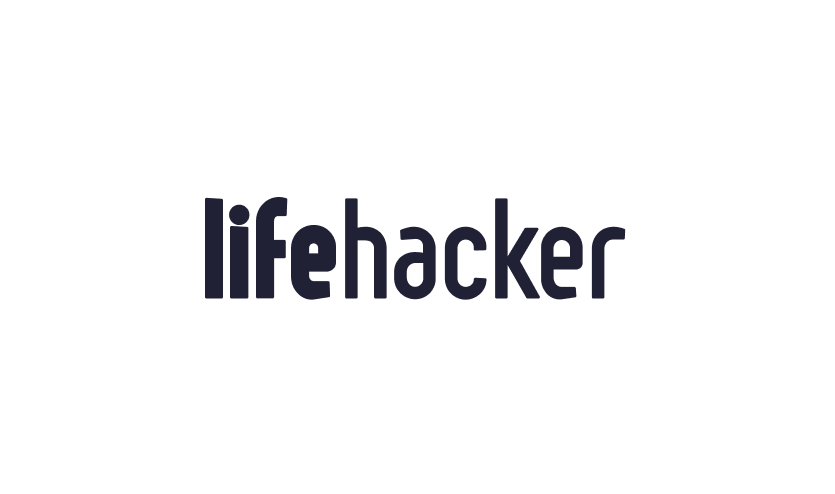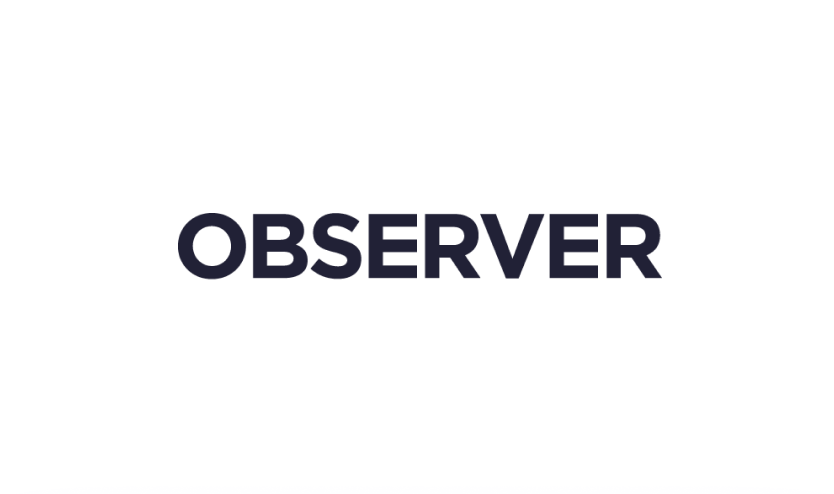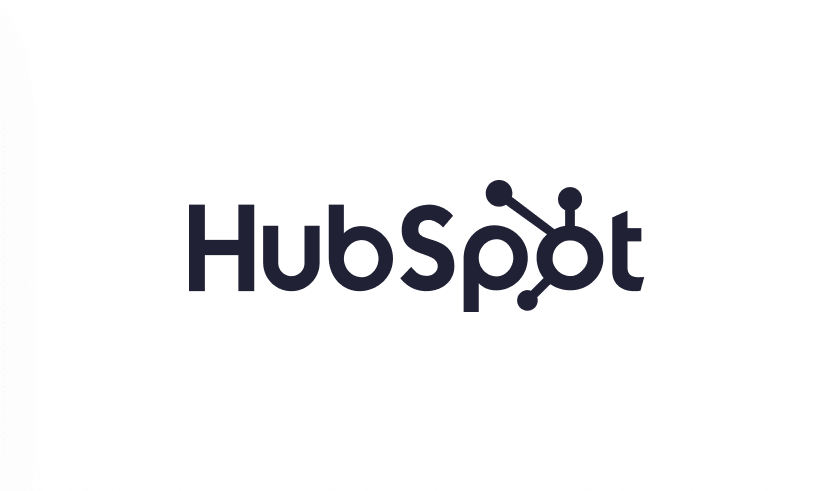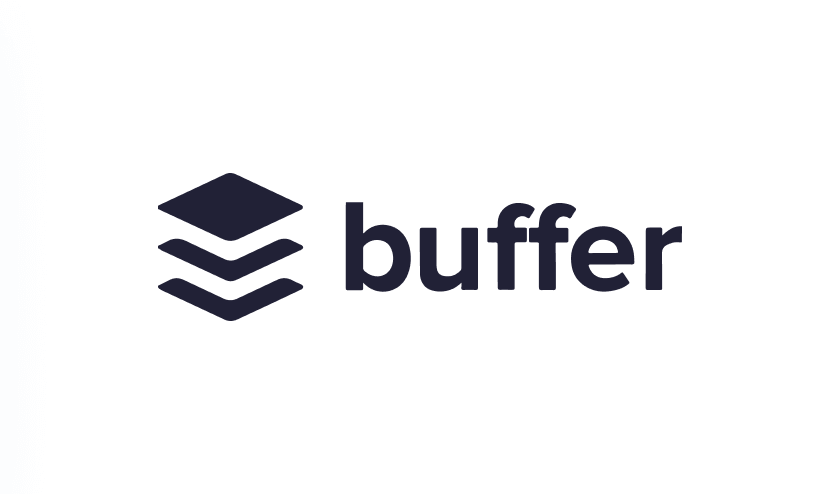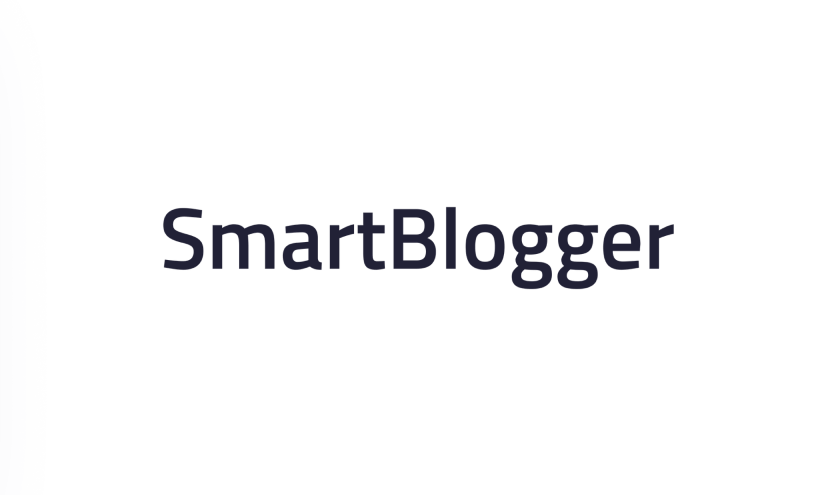10 Best Copywriting Frameworks for improved CTR
My company has written thousands of pieces of copywriting.
Our #1 Copywriting Rule:
Never write copy from scratch — always use a copywriting framework.
Here are 10 proven copywriting frameworks to write high-converting copy. These are some of the best copywriting frameworks trusted by top marketers and used in every website copywriting framework we build.
Features-Advantages-Benefits
Features: start with what your product can do.
Advantages: explain why it is helpful.
Benefits: elaborate on what it means for the reader.
Example:
2.PASTOR
Pastor Technique
P: Problem Identification.
A: Amplify the consequences of not solving it.
S: Solution.
T: Transformation.
O: Offer.
R: Response.
Example:
Image Source: https://themarketgardener.com
3. Before-After-Bridge
Before: present the current situation with the problem.
After: show them the world without the product.
Bridge: Show them how to get there.
Example:
4. Attention – Interest – Desire – Action
Attention: get the reader's attention with a bold statement.
Interest: present information that appeals to the reader.
Desire: state the benefits of your product.
Action: ask for a sign-up/purchase.
Example:
5. Problem-Agitate-Solve
Problem: identify the most painful problem your target has.
Agitate: make the problem hurt, show why it is bad.
Solve: present your product as the logical solution to the problem.
Example:
6. Picture – Promise – Prove – Push
Picture: paint a picture that gets attention and creates desire.
Promise: describe how your product will deliver.
Prove: provide testimonials that back up your promise.
Push: give them a little push to take action.
Example:
7. Star-Story-Solution
Star: introduce the main character of your story.
Story: tell a compelling story to keep the reader hooked.
Solution: an explanation of how the star wins in the end.
Example:
8. Awareness – Comprehension – Conviction – Action
Awareness: present the situation or problem.
Comprehension: help your readers understand the problem.
Conviction: create a desire conviction in your reader to use your solution.
Action: make them take action.
Example:
9. The 5 Basic Objections
Every great copywriting framework must address the doubts your audience has before they buy. These are the five most common objections you’ll face — and how to overcome them using proven copywriting frameworks.
I don’t have enough time.
Show your audience how your product or service saves them time instead of taking it. Use specific examples or testimonials that highlight quick wins or instant results.
2. I don’t have enough money.
Reframe your offer as an investment, not an expense. Compare the long-term value to the cost of inaction or alternative solutions.
3. It won’t work for me.
Use social proof and case studies that represent different customer types. Demonstrate that your solution works for people just like them.
4. I don’t believe you.
Build trust through transparency, data, and credibility. Use testimonials, success metrics, and guarantees to reinforce your message.
5. I don’t need it.
Remind your audience of the problem they’re facing and the benefits they’ll gain by solving it now. Create urgency and relevance through emotion and logic.
Example:
Imagine selling an online course. Instead of saying “This program saves you time,” say:
“In just 15 minutes a day, you’ll build a skill that saves you hours every week — just like hundreds of our students have.”
10. The Four C’s
More than just another copywriting framework, the Four C’s serve as a universal checklist to ensure your message connects with your audience. Whether you’re writing a sales page, ad, email, or a website copywriting framework, always make sure your copy is:
Clear – Easy to understand at a glance. Avoid jargon and confusion.
Concise – Every word should earn its place. Eliminate fluff.
Compelling – Use emotion and logic to inspire action.
Credible – Back up every claim with proof, testimonials, or data.
Example:
Before publishing your copy, ask yourself:
“Is this message clear, concise, compelling, and credible?”
If the answer is yes — you’re using one of the best copywriting frameworks for powerful communication.
